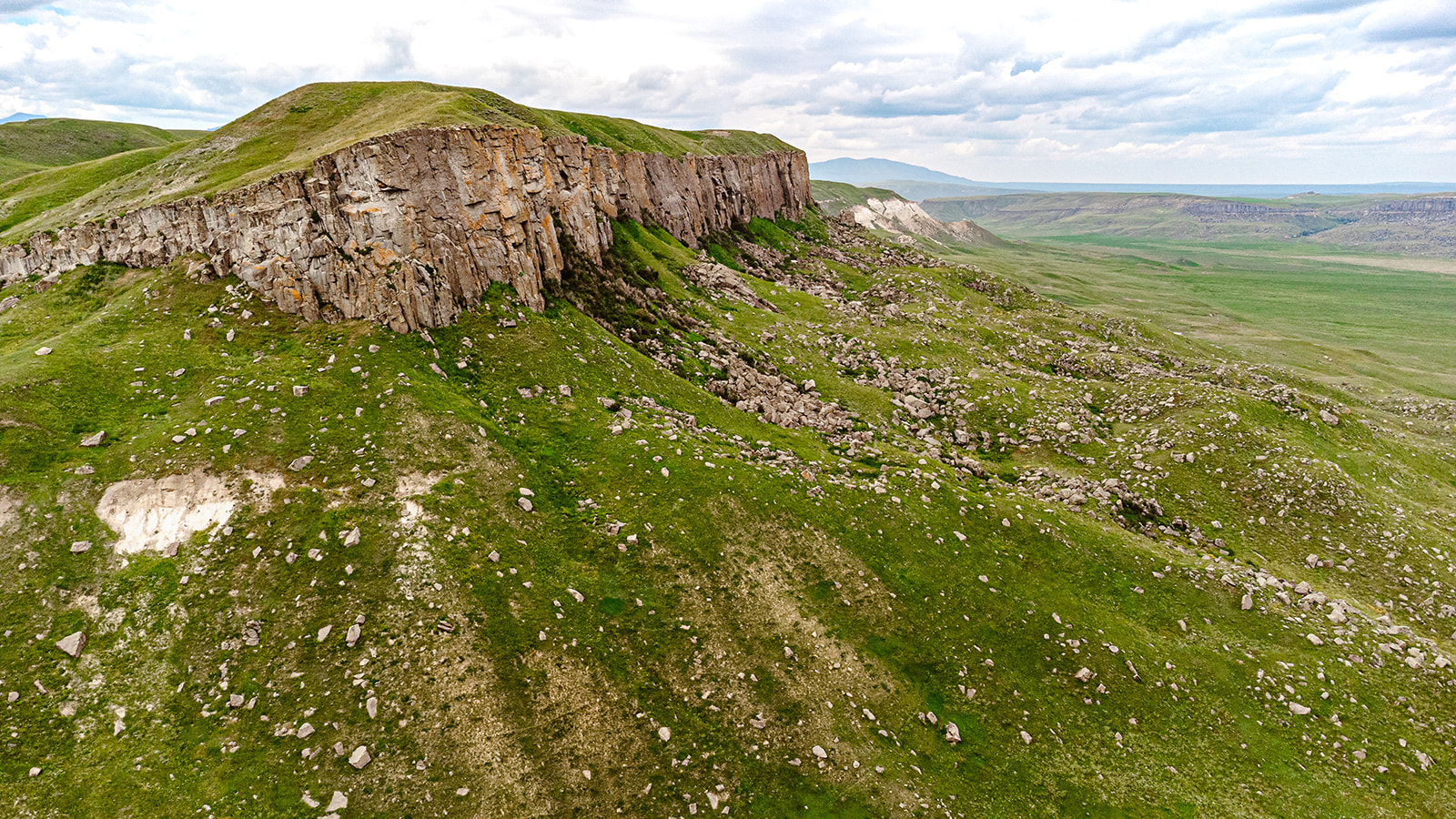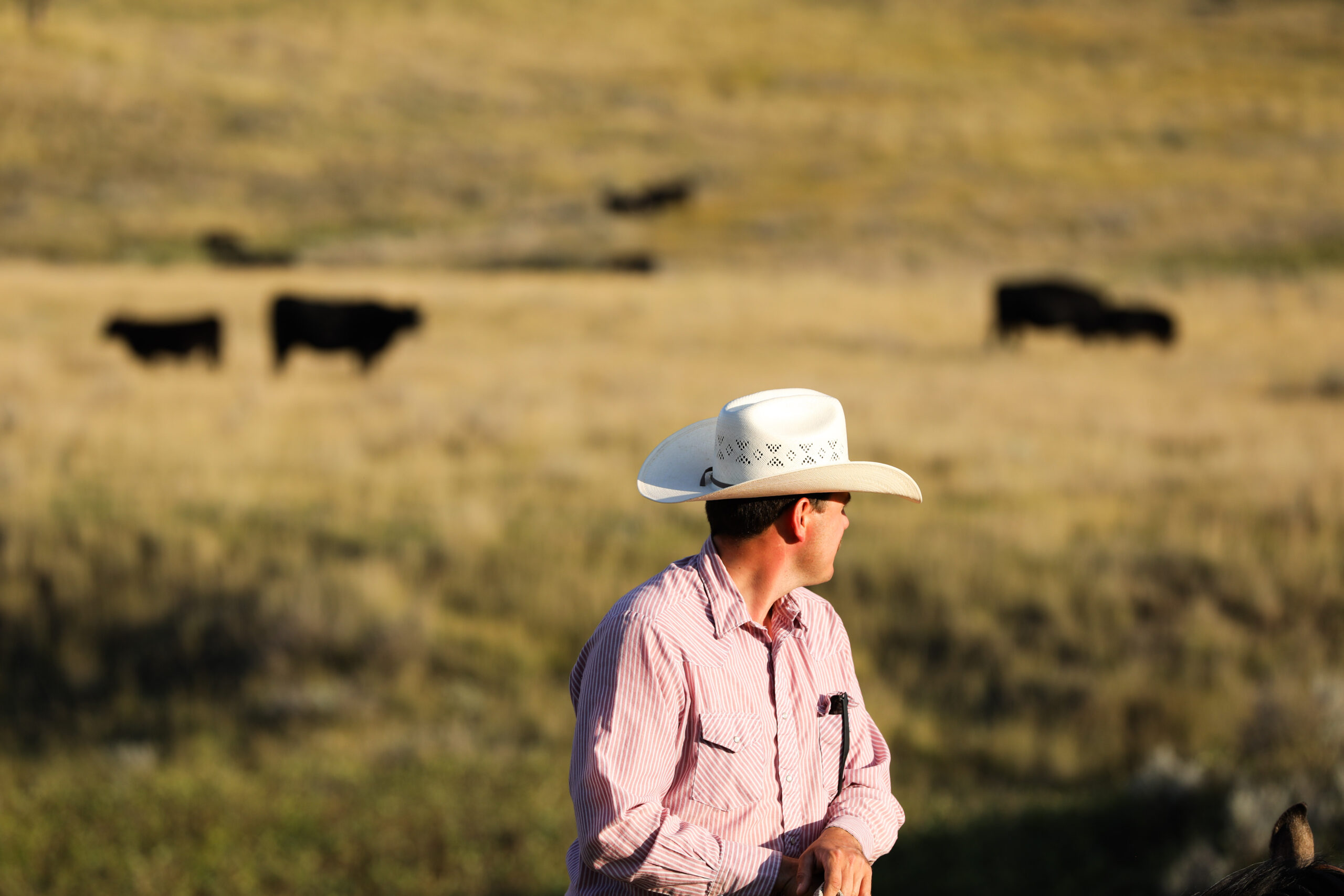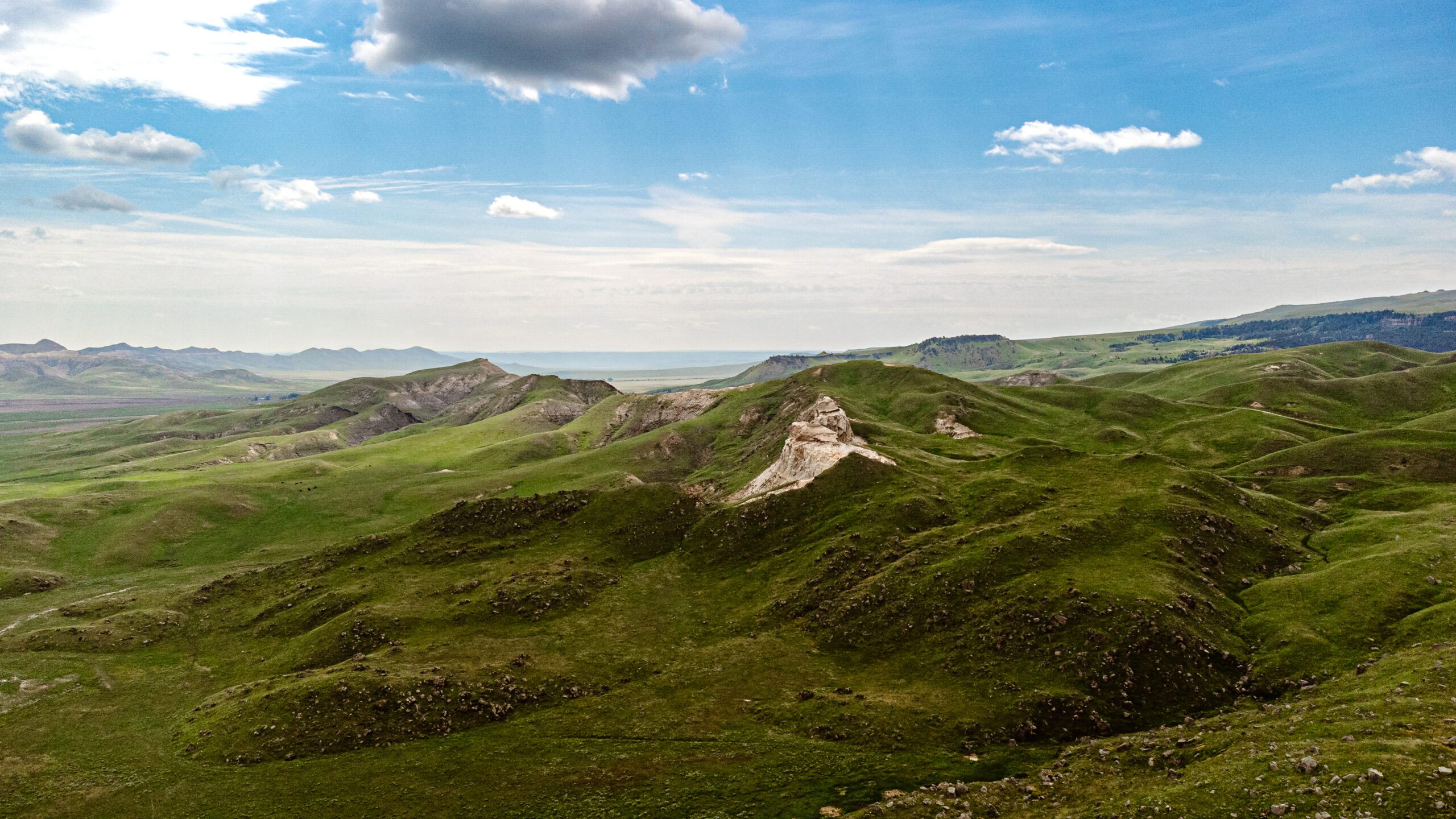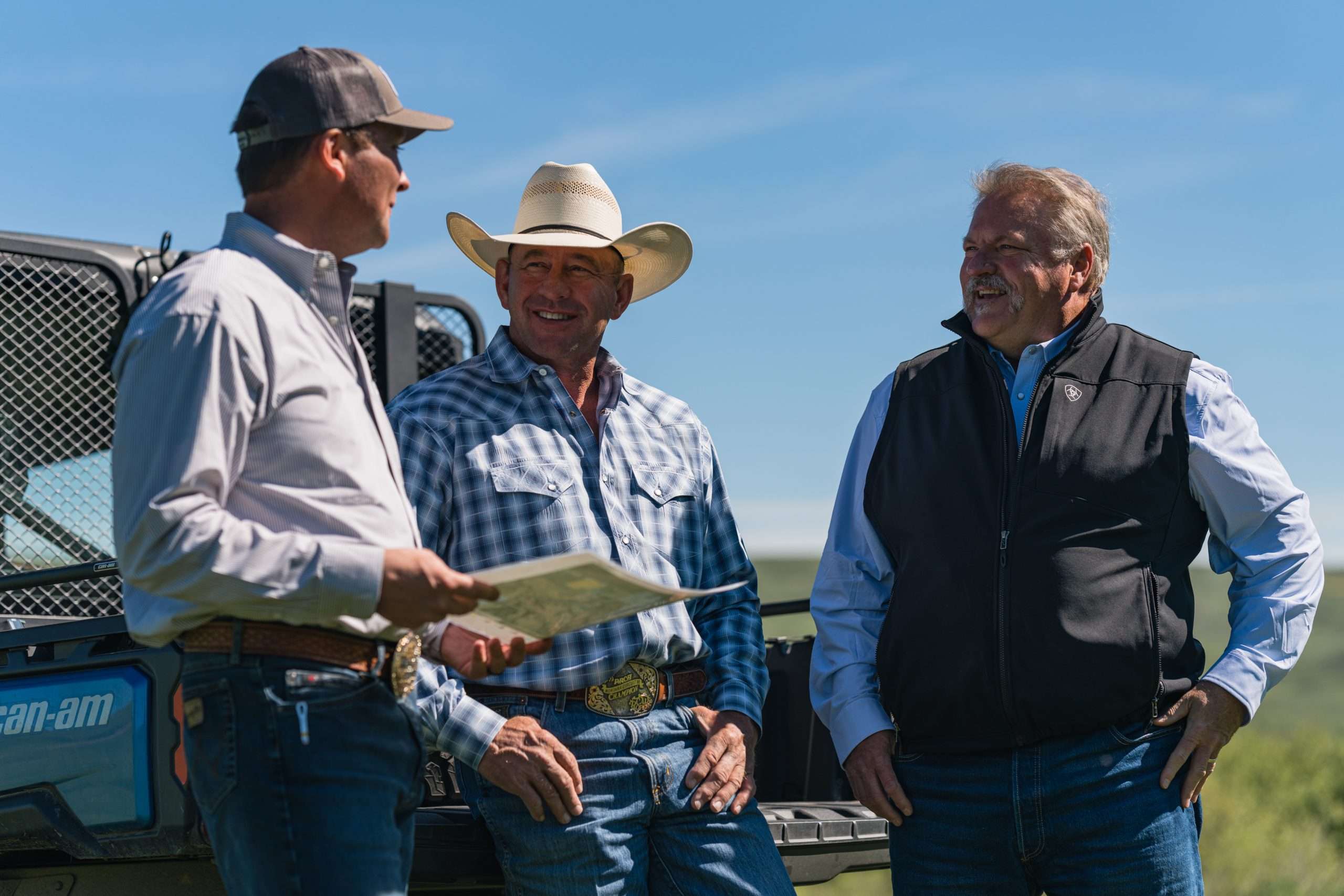Grazing on Public Land
Landowners in Montana may have the opportunity to graze their livestock on some of the state’s millions of acres of publicly owned land. In this blog post, Western Ranch Brokers reviews the different types of grazing leases and permits in Montana, how they work, and what happens to ownership of grazing rights in a real estate transaction.
BLM Grazing Leases
The Bureau of Land Management (BLM), a federal agency, is responsible for managing livestock grazing on 155 million acres of public land in the United States. These 155 million acres are divided up into more than 21,000 allotments, allowing private landowners to have grazing privileges on public lands as long as they meet the lease or permit requirements. Landowners seeking a BLM grazing lease or permit must own (or control) an existing base property that supports the livestock (typically cattle in Montana) while they are not grazing on the BLM managed land.
A BLM issued grazing lease typically lasts for 10 years and is subject to grazing fees. Federal grazing fees are calculated using a base fee per animal unit month (AUM), or the amount of forage needed to sustain one cow and calf, one horse or five sheep per month. Determined yearly, the base rate per AUM can fluctuate depending on forage, environmental factors such as drought, and improvement plans for the land. The minimum base rate was set by the Public Rangelands Improvement Act of 1978, and the current base rate per AUM for 2022 is set at the minimum of $1.35. The revenue generated by these fees goes to both the federal government and the state in which the land resides to help pay for rangeland improvement and conservation of the land.
Grazing permits are specific to a number of AUMs and may be adjusted based on environmental conditions that impact the available forage on the land, with each allotment being inspected annually to determine the amount of grass or hay being consumed. Permit holders receive annual notification on the details of their permit, including:
- Grazing season time period
- Pasture management plan
- AUMs per permit
Grazing leases or permits “run with the land”, meaning while they cannot be legally sold, they can be transferred as part of the sale of deeded property. They can also be transferred or subleased if the base property owner does not own livestock. When buying ranch property with an existing grazing lease, buyers should do their due diligence and contact the local BLM office to find out the terms and conditions of the specific lease. According to The Journal of Real Estate Research, real estate valuation is not impacted by a federal grazing lease because of the “uncertainty regarding future availability”, but the affordable cost per AUM of leasing federal land versus private land may be attractive to potential ranch real estate buyers.
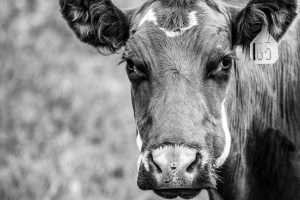
Forest Service Grazing Leases
Similar to the BLM leasing program, the U.S. Forest Service (USFS) also permits grazing allotments on publicly owned land. Permit terms are generally 10 years, and permit holders are required to be a U.S. citizen or corporation and own both livestock and a base property that is associated with an existing grazing allotment. In contrast to the BLM grazing permit qualifications, USFS permits require a single owner of both the base property and livestock, and leasing of livestock is subject to approval. A one time validation is also required, where the U.S. Forest Service will inspect the allotment to determine whether the minimum requirement that 90% of livestock has been grazing on the allotment has been met.
U.S. Forest Service grazing permits are associated with a particular base property, but transfer of ownership requires the original permittee to “waive” their permit, and the new owner to apply for the permit. The new owner must meet permit requirements, which typically includes owning the base property and the livestock. The transfer of the USFS permit is not guaranteed and may be a more complicated process than the transfer of a BLM lease or permit.
Permit rates for USFS grazing permits are the same as BLM rates, set at $1.35/AUM for 2022.
Montana State Grazing Leases
Managed by the Montana Department of Natural Resources & Conservation (DNRC), there are more than 8,000 grazing agreements on state owned land. A 10-year term limit applies. Permit rates are calculated annually on a AUM basis by the Montana Land Board, using the previous year’s average beef prices and a multiplier.
According to Montana.gov:
Beef cattle prices are provided to the Department each year by the Montana Agricultural Statistics Service. The market year price used to set the 2022 rental rate is $1.2247/lb.
The current multiplier set by the Land Board in 2011 is 10.48. The 2022 rate is calculated as follows:
$1.2247/lb. X 10.48 = $12.83/AUM
Whether purchasing Montana property with a federal or state grazing permit, costs to graze on public land are substantially lower than a private grazing lease, making property with existing leases very attractive. It’s important to thoroughly understand all the terms and conditions of real property with any associated grazing permits. Let Western Ranch Brokers experience with buying and selling property with grazing permits go to work for you. Contact one of our brokers for more information or browse our available listings with grazing allotments at https://westernranchbrokers.com/montana-ranches/.


